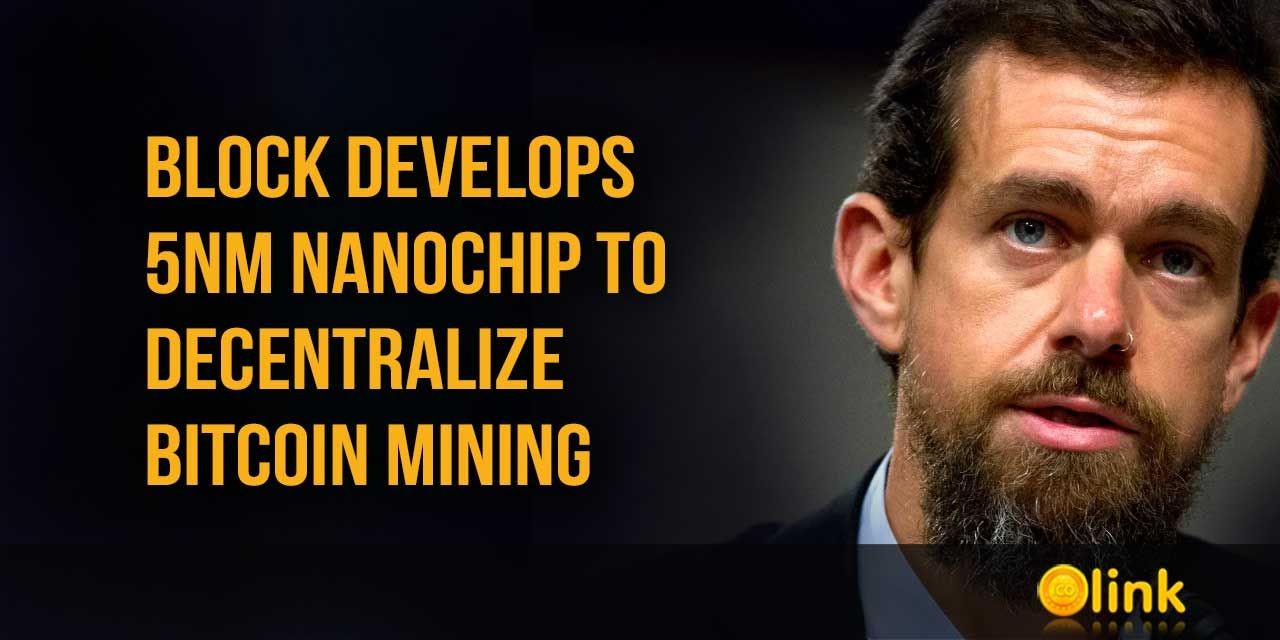mining
Here you will find all posts tagged mining
About mining ℹ️
Cryptocurrency mining is the process by which new coins are created and transactions are verified and added to the blockchain. Miners use powerful computers to solve complex mathematical puzzles, known as proof-of-work algorithms, in order to validate transactions and secure the network. The mining process involves miners competing to solve these puzzles, with the first miner to successfully solve the puzzle earning the right to add a new block of transactions to the blockchain. As a reward for their efforts, miners are typically awarded a certain number of newly created coins, as well as any transaction fees associated with the transactions they validate. Mining plays a crucial role in the security and integrity of a cryptocurrency network. By participating in the mining process, miners help to validate transactions, prevent double spending, and maintain the decentralized nature of the network. Additionally, the process of mining ensures that new coins are distributed fairly and in accordance with the protocol's rules. There are various methods of mining, including solo mining, where individual miners work alone to solve puzzles and earn rewards, and pool mining, where miners combine their computing power to increase their chances of solving puzzles and earning rewards together. While mining can be profitable for those with access to sufficient computing power and cheap electricity, it also requires significant investment in hardware and energy consumption. As a result, mining has become increasingly competitive and specialized, with large-scale mining operations dominating the landscape. Overall, cryptocurrency mining is a fundamental process that underpins the operation of blockchain networks and ensures their security and decentralization. While it requires significant resources and investment, mining continues to play a central role in the creation and distribution of new coins and the validation of transactions on cryptocurrency networks.
Block, the technology company co-founded by Jack Dorsey, has successfully completed the development of a five-nanometer (5nm) nanochip prototype that could revolutionize the Bitcoin mining industry.
Blockchain Life 2019 highlights four significant topics: Blockchain, Cryptocurrencies, StartUps, and Mining.
The American company Tesla, the manufacturer of electric vehicles and power storage solutions, became a victim of hackers: having found a vulnerability in the Tesla account on Amazon, scammers got access to the cloud infrastructure of the company and used its resources for the cryptocurrency mining. The hackers found the company specializing in cyber security company RedLock. Hackers took advantage of a vulnerability in the Kubernetes service available from the Internet due to lack of password protection, which contained information for accessing the Tesla cloud store in the Amazon Web Service.
Cyber security specialists have discovered a new type of virus, which is distributed through the Facebook Messenger application. The malicious bot uses a lot of infected computers for cryptocurrency mining at the expense of the affected users. New malicious software distributed through Facebook Messenger, called Digmine. Like many similar exploits, the bot uses infected systems to run one of Monero's most beloved hackers.
The rapid growth of the rate of cryptocurrencies makes more people engaged in mining. So, one of the members of the online community "Tesla Owner Worldwide" on Facebook offered to use electric power and built-in Tesla computer in electric vehicles for the cryptocurrency Mining. In particular, it was proposed to use a powerful computer responsible for the autopilot in the Tesla for the computing platform. However, this idea was not implemented because of security concerns.
The State Electric Power Company of China refutes rumors that they are cutting off miners in Sichuan province for mining Bitcoins. A few hours ago, a rumor was spread that the state grid of the country was going to cut off all those who are producing Bitcoins in Sichuan province from the power grids on the grounds that it is illegal activity. Sichuan has long been the main mining center in China. Since the province has a lot of hydroelectric power stations, due to this there is very cheap electricity. Many transfer their mining centers to Sichuan and sublet them.
Users of the social network Reddit discuss the recent jump in complexity in the Bitcoin network. The last major change raised the complexity by 250 billion units, or by 21.4% from a value of 1,196,792,694,099 to 1,452,839,779 146. The last time such a major leap took place in 2015. In order for the reader to better understand the scale of this change, we recall that it took almost 7 years for the complexity to rise from 1 to 250 billion. The reason for such a drastic change could only be the introduction of new large-scale mining equipment in the last two or three weeks, and the consequence was a natural growth of the network hash from 8.56 to 10.4 E / s (ex-session per second).







